The manufacturing industry is undergoing a transformative shift. Today, the conversation is not only about precision, productivity, or profitability; it’s also about responsibility. In the field of CNC (Computer Numerical Control) machining, sustainability and energy efficiency have taken center stage. With practices such as energy-efficient machinery, waste reduction, and material recycling becoming mainstream, the industry is embracing a greener approach. These innovations are not just better for the planet but also bring significant business advantages. Let’s explore how sustainability is reshaping CNC machining and setting a new standard for eco-friendly manufacturing.
The Push for Eco-Friendly Manufacturing
The shift toward sustainable practices in CNC machining is driven by increasing global awareness of environmental challenges. Governments, industries, and consumers alike are calling for greener solutions. Companies in the CNC machining sector are rising to meet these demands, adopting energy-efficient technologies, minimizing waste, and integrating recycling initiatives into their workflows. This alignment with environmental goals is not only a moral imperative but also a strategic business move.
Energy-Efficient Machinery: Precision with a Green Edge
One of the most significant advancements in CNC machining is the development of energy-efficient machinery. Modern CNC machines are designed to consume less power while maintaining or even enhancing precision. Key innovations include:
- Optimized Servo Motors: These motors reduce energy consumption without compromising accuracy.
- Standby Modes: Machines automatically switch to low-energy modes during downtime, conserving power.
- Smart Systems: IoT-enabled CNC machines monitor and adjust energy usage in real time, optimizing efficiency.
By adopting these energy-efficient technologies, manufacturers can significantly lower their carbon footprint while also reducing electricity costs—a win-win for businesses and the environment.
Reducing Waste: Smarter Production Techniques
Material waste has historically been a significant challenge in CNC machining. However, modern approaches such as adaptive machining and digital simulation are changing the game:
- Adaptive Machining: Tailors the machining process to minimize material removal, resulting in less waste.
- Digital Simulation: Allows manufacturers to perfect designs and machining strategies in a virtual environment, avoiding errors and material overuse.
In addition to these innovations, many CNC machining businesses are reusing waste materials, such as turning chips and scraps, to create new raw materials. This not only minimizes waste but also contributes to a circular economy.
Material Recycling: Closing the Loop
Recycling has become a cornerstone of sustainability in CNC machining. Companies are adopting various methods to repurpose materials and reduce waste, including:
- Recycling Metal Scraps: Aluminum, steel, and other metals are reclaimed and reused, reducing the demand for new raw materials.
- Biodegradable Coolants: Replacing traditional coolants with biodegradable alternatives reduces environmental harm.
- Closed-Loop Systems: Recycling fluids and materials within the machining process minimizes waste and maximizes efficiency.
These practices not only promote environmental stewardship but also create opportunities for cost savings and additional revenue streams through the sale of reclaimed materials.
Sustainability: A Competitive Advantage
For CNC machining businesses, sustainability is more than just a buzzword—it’s a competitive edge. Companies that prioritize eco-friendly operations can appeal to environmentally conscious customers, secure government contracts requiring green compliance, and build stronger relationships with stakeholders. By investing in sustainable practices, CNC machining businesses are positioning themselves as leaders in the industry while contributing to a healthier planet.
The Road Ahead: A Greener Future
The future of CNC machining is undeniably green. With advancements in technology, the potential for further sustainability and energy efficiency is boundless. From AI-driven optimizations and renewable energy integration to carbon-neutral CNC facilities, the industry is poised to lead a sustainable manufacturing revolution.
By continuing to innovate and invest in eco-friendly practices, the CNC machining sector can shape a better, greener future for all.
Conclusion
Sustainability and energy efficiency are no longer optional—they are essential in CNC machining. By embracing these principles, businesses not only help protect the environment but also enhance their operational efficiency and profitability. As we step into 2025, let’s commit to investing in energy-efficient machinery, reducing waste, and prioritizing recycling. Together, we can machine a brighter, greener future for the industry and the planet.
Here’s wishing you a successful and sustainable start to 2025!

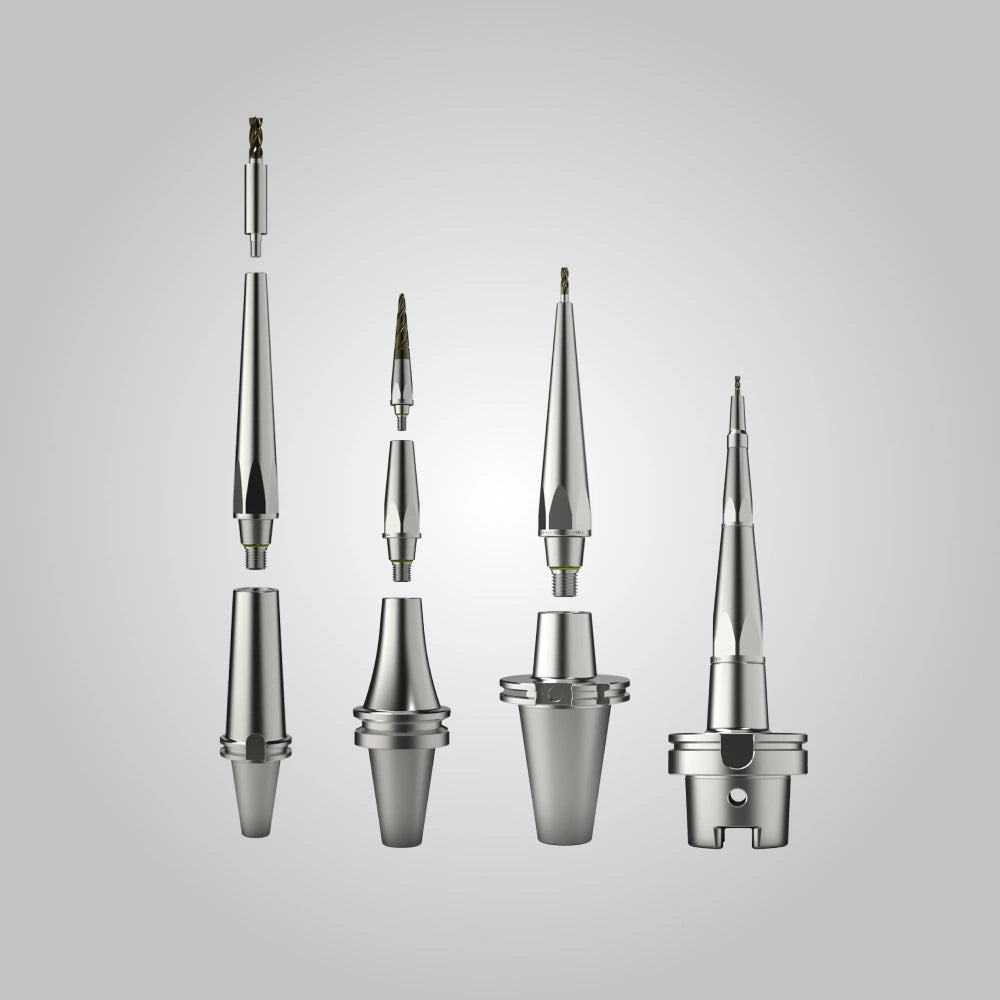
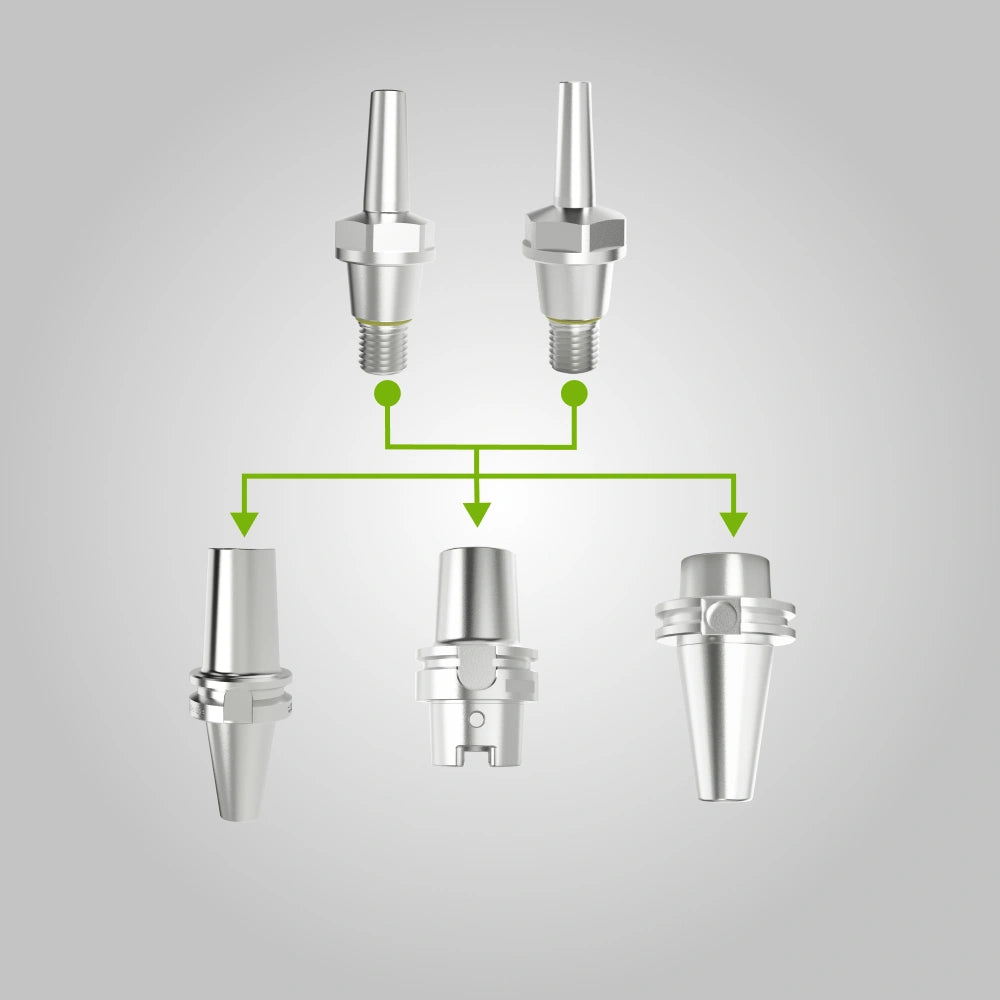
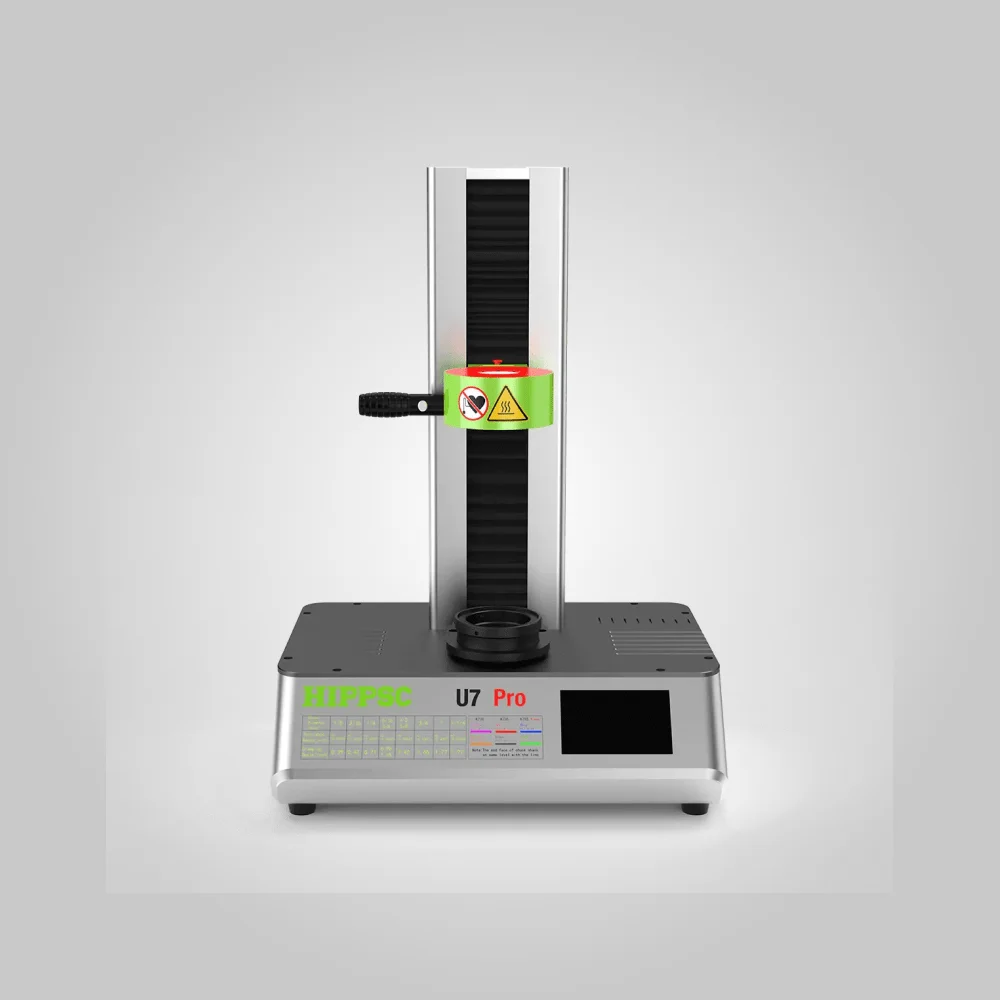
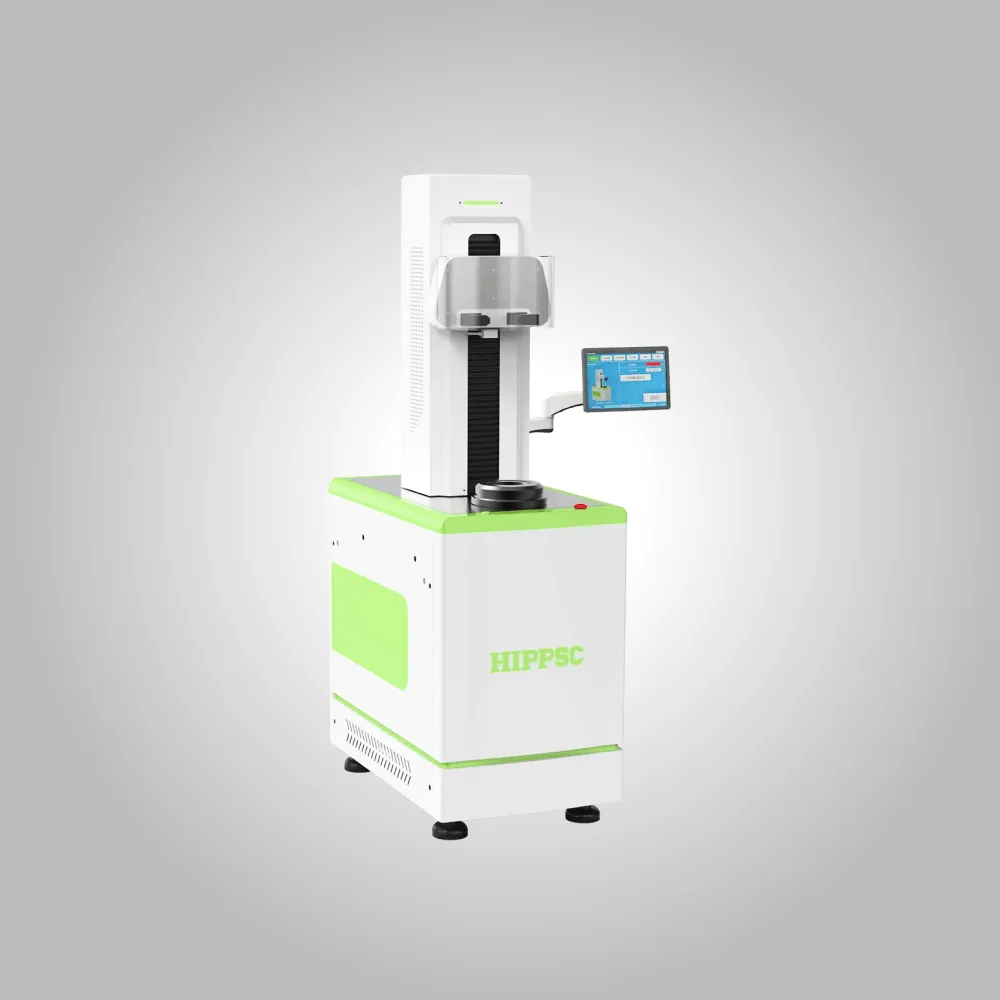
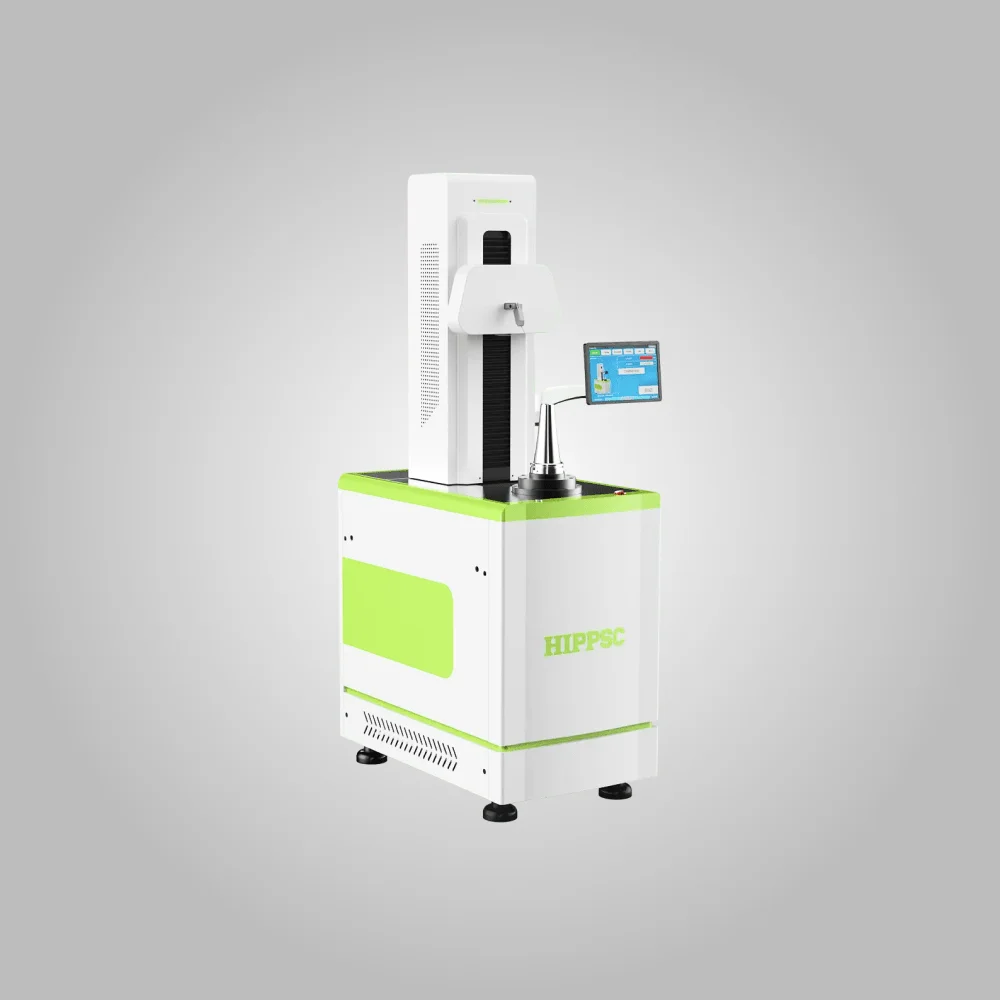
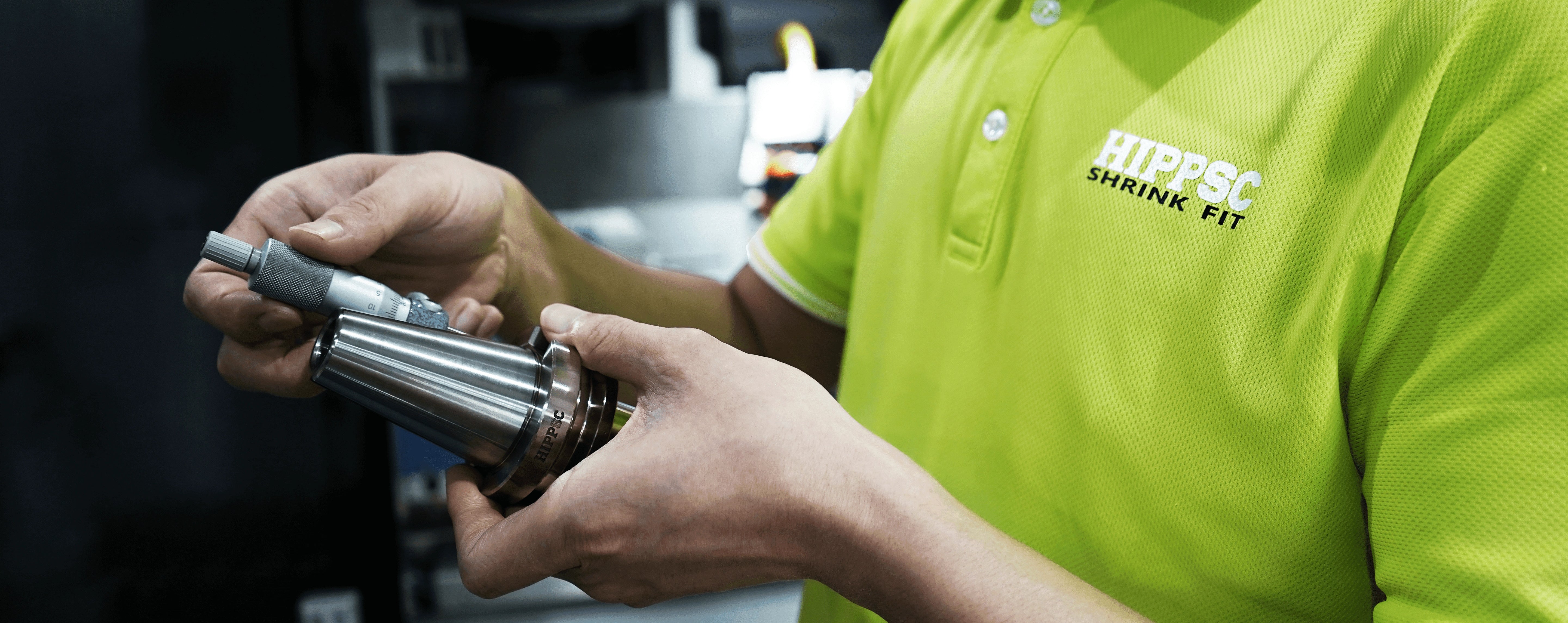

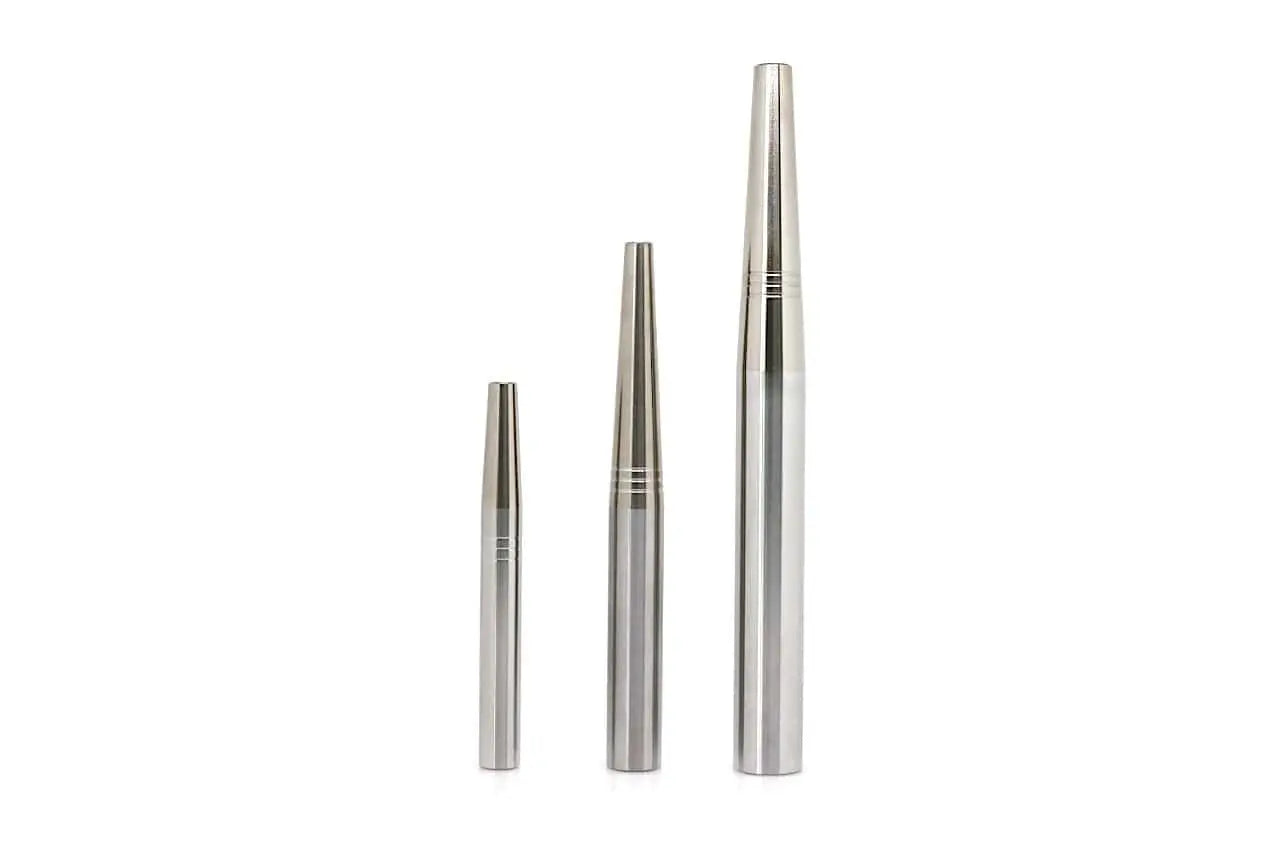
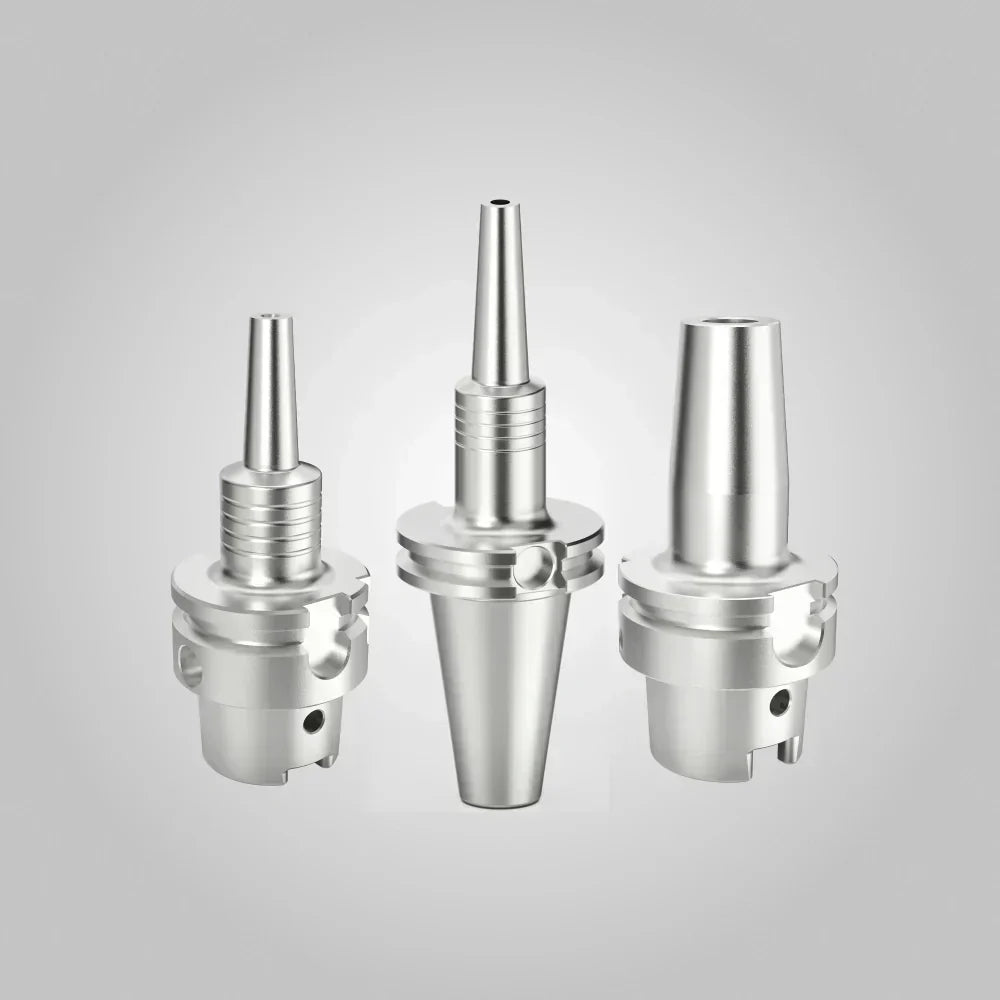
Leave a comment
All comments are moderated before being published.
This site is protected by hCaptcha and the hCaptcha Privacy Policy and Terms of Service apply.